Are Derwent London's new lounges the future of workspace?
Property developer Derwent London’s new lounges – created for tenants of its offices – work harder to promote community and connection for their users
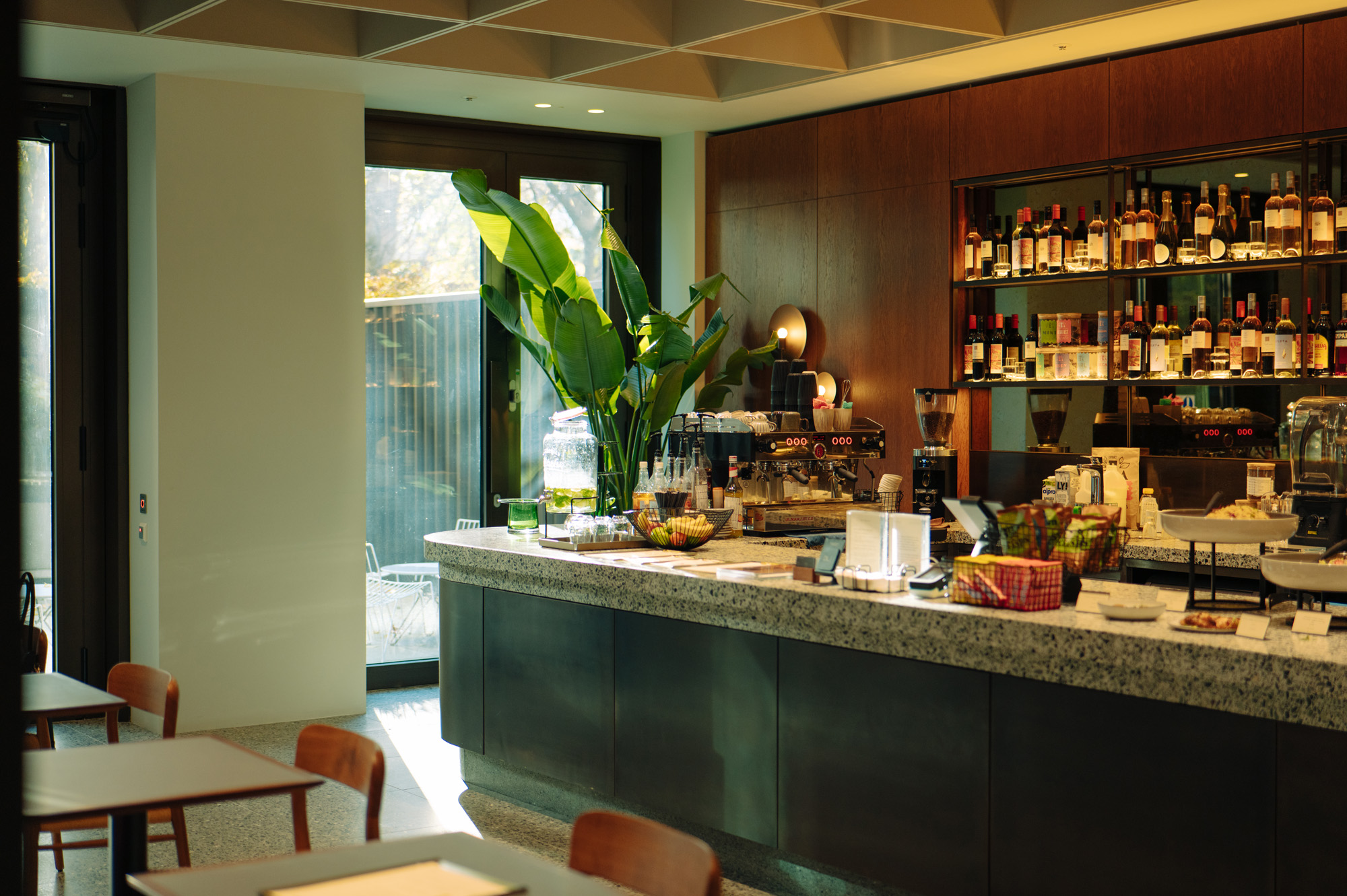
Derwent London, the property development firm behind some of the UK capital’s most architecturally ambitious office buildings – including the White Collar Factory, Tea Building and Brunel Building – has spent the past five years designing two club lounges for its portfolio, driven by the intention of making going to work feel like being a member of a private club.
Both DL/78 in Fitzrovia and DL/28 in Old Street – run by ex-Virgin Clubhouse and Soho House alumni – now offer cafés, concierge services and an art collection to boot. And since opening the lounges to all of its tenants, regardless of where their office is, Derwent has seen an increase in occupier retention and attraction, and an uplift in rents. ‘We’re not trying to make a profit from the lounges themselves,’ says Derwent executive director Emily Prideaux. ‘The value for us comes from the additional rent we capture across the rest of the portfolio. We are already seeing occupiers prepared to pay a premium because they know the lounge access will attract and retain talent.’
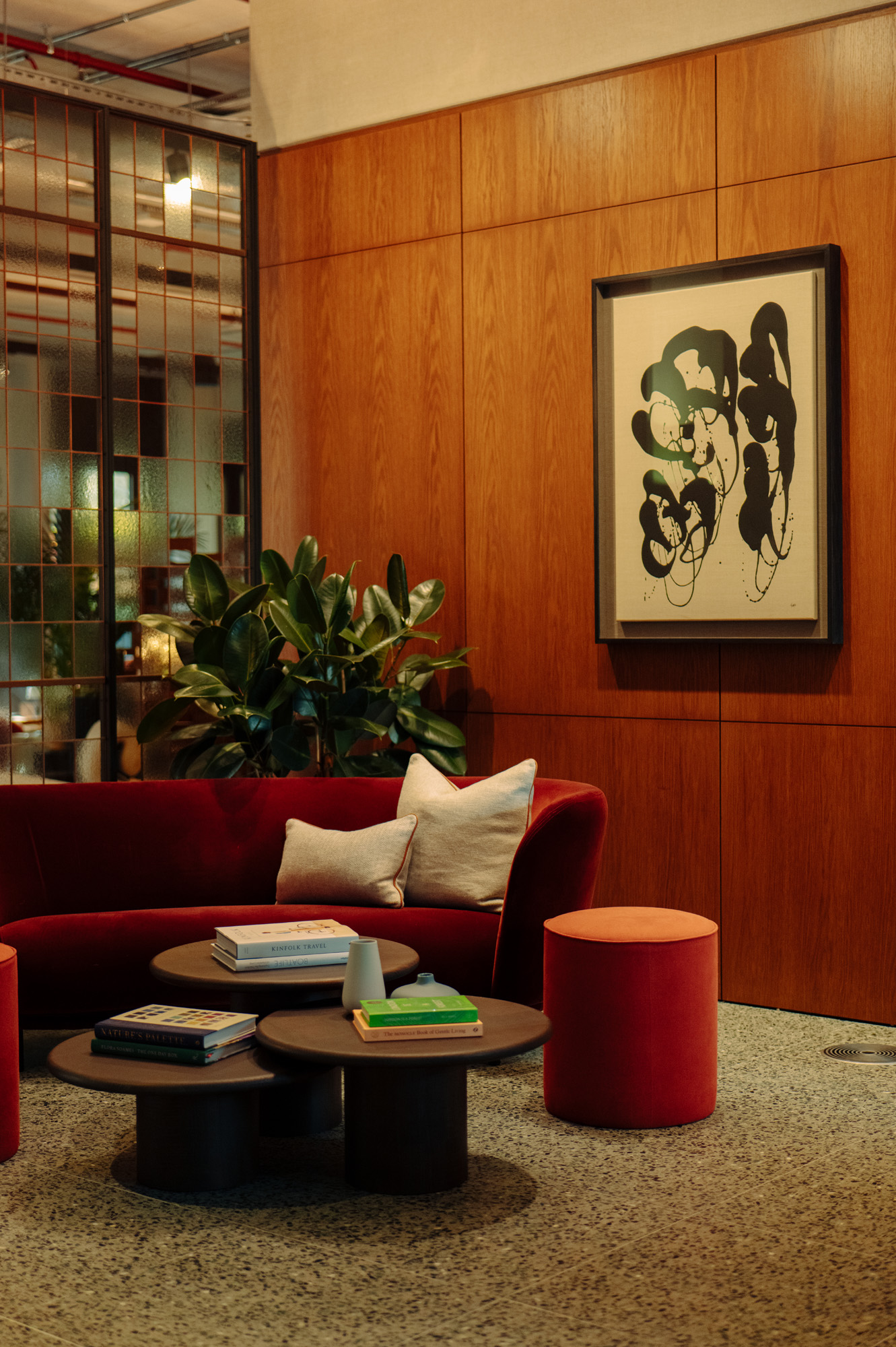
DL28
Explore Derwent London's new lounge offering
At a time when businesses recognise their office space needs to work harder if it is to attract the best employees (thereby boosting productivity), Derwent’s decision to offer tenants 20,000 sq ft of meticulously designed hospitality space and membership perks could open the door to a whole new phase of the great workplace evolution.
It’s not hard to see why Derwent’s lounges are piquing such high levels of interest in an otherwise muted office market. By giving people what they want from a modern workplace – something that goes beyond a tech-enabled, high-quality, flexible space – properties are evolving beyond simply delivering ‘bricks and mortar’ to offer a sense of belonging – an approach that will likely characterise the future of successful workplace design and development.
‘Quality workspace now comes from the service, the amenity and the community as well as from the physical aesthetic,’ says Prideaux. ‘While the two lounges are physical, tangible spaces, the premise behind them was to create a sense of community.’
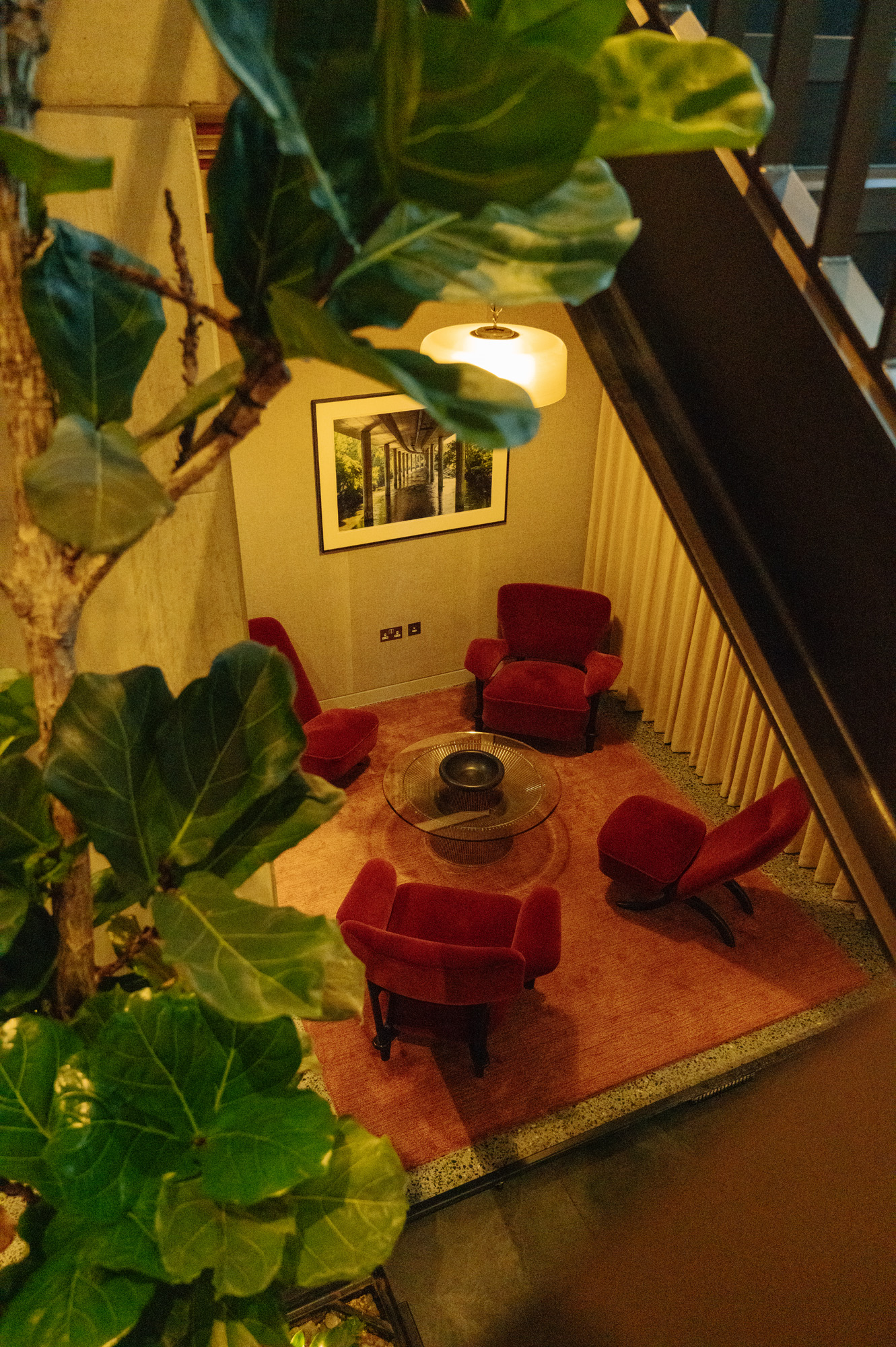
DL28
The workspaces, meeting rooms and call booths are all part of the lounge concept’s draw, but they were never meant to be used in isolation. ‘The lounges are not supposed to be an extension of the office, they are there to complement them,’ says Derwent’s customer engagement manager Ally Barker. ‘The spaces have been designed to promote community and connection through membership, and that message is landing now. We are starting to see more people use them for ad hoc drop-ins, whether that’s popping in for lunch, grabbing a coffee with colleagues or having an informal meeting with a client or contact rather than taking them to a local café. We are also seeing more people sign up to the monthly events programme.’
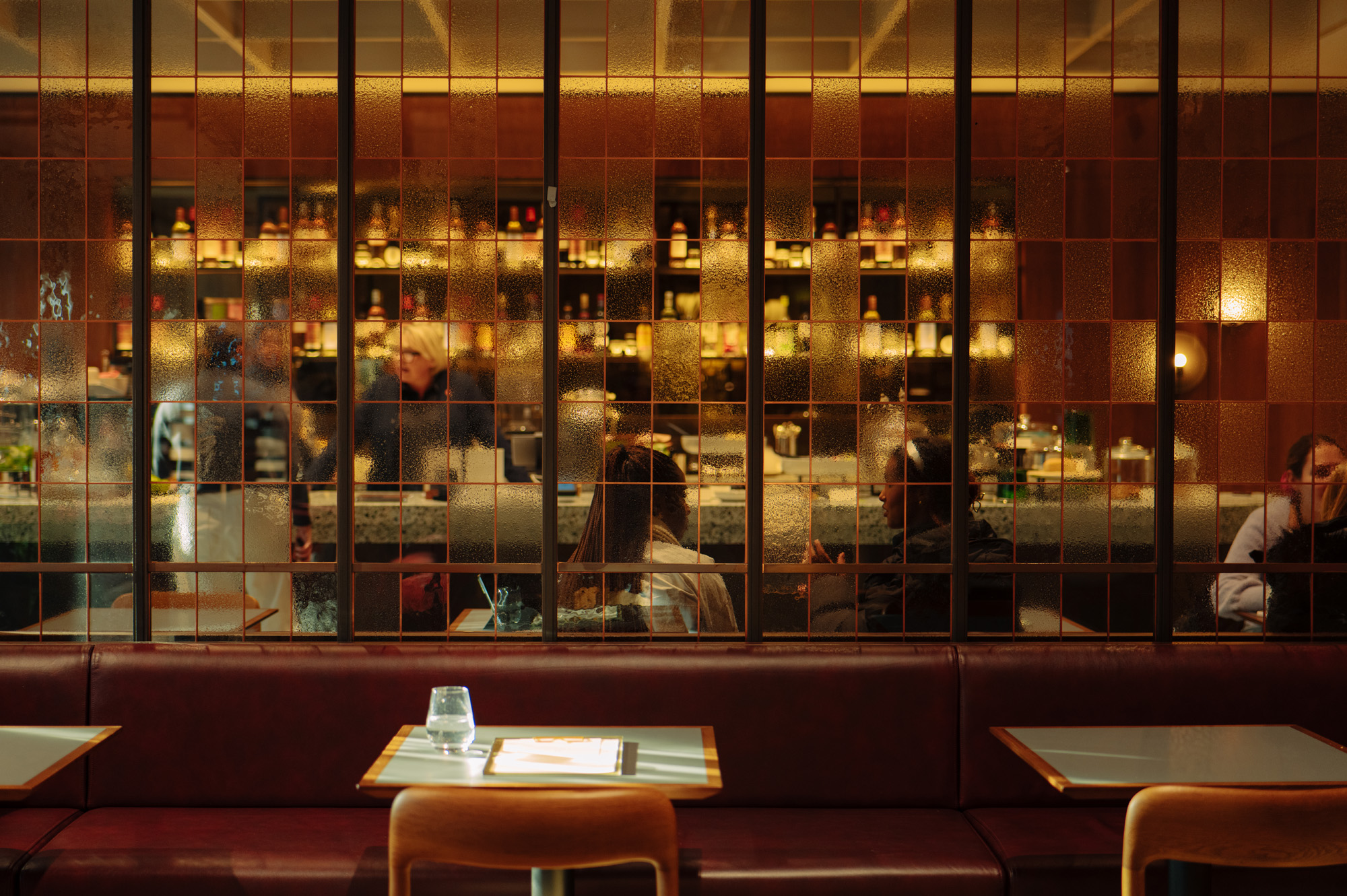
DL28
The look and feel of the club lounges play an integral role in the success of the membership concept. Designed by the firm’s in-house team, in collaboration with London-based studio MSMR Architects, each lounge has its own distinct personality – from the dramatic, cavernous heights of DL/78, which opened in autumn 2021, to the bronze- and green-hued midcentury style of DL/28, which opened last year. The characteristics they share – timber interiors, rich, timeless colour palettes and the warm glow of purposefully low-level lighting – are all part of the overarching promotion of hospitality-led rather than commercial-style space.
Receive our daily digest of inspiration, escapism and design stories from around the world direct to your inbox.
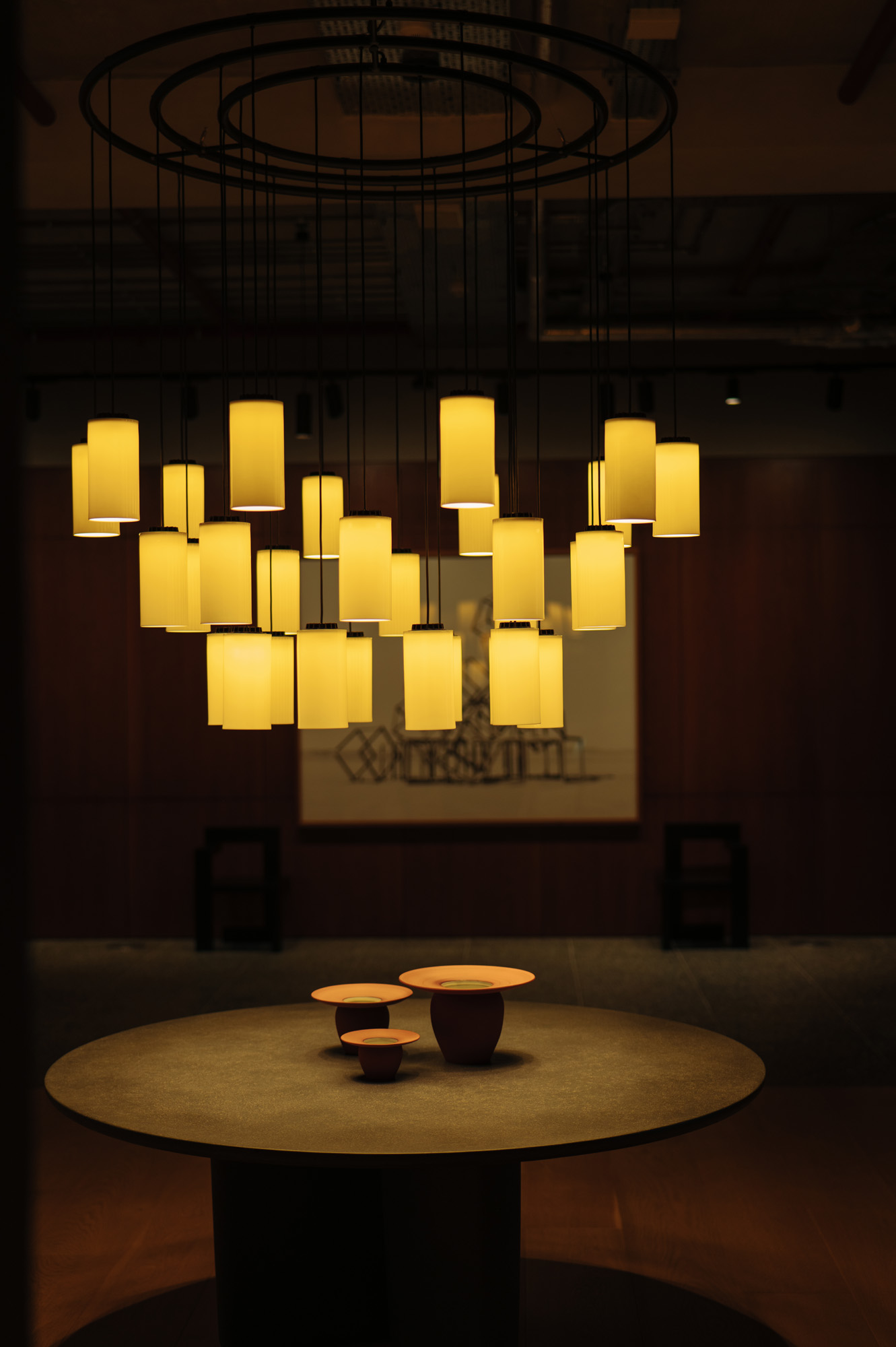
DL28
'I approached both of the lounges as if they were hotels,’ says Derwent’s interiors manager Rebecca Lesser. ‘I wanted them to feel intimate and give people that sense of going to spend time somewhere special.’ No standard fixtures, fittings or furniture are to be found in either of the spaces, with Lesser and her team hand-picking every last piece with such a commitment to buying vintage that they even had to rescue one delivery of particularly battered chairs from being accidentally thrown into a skip.
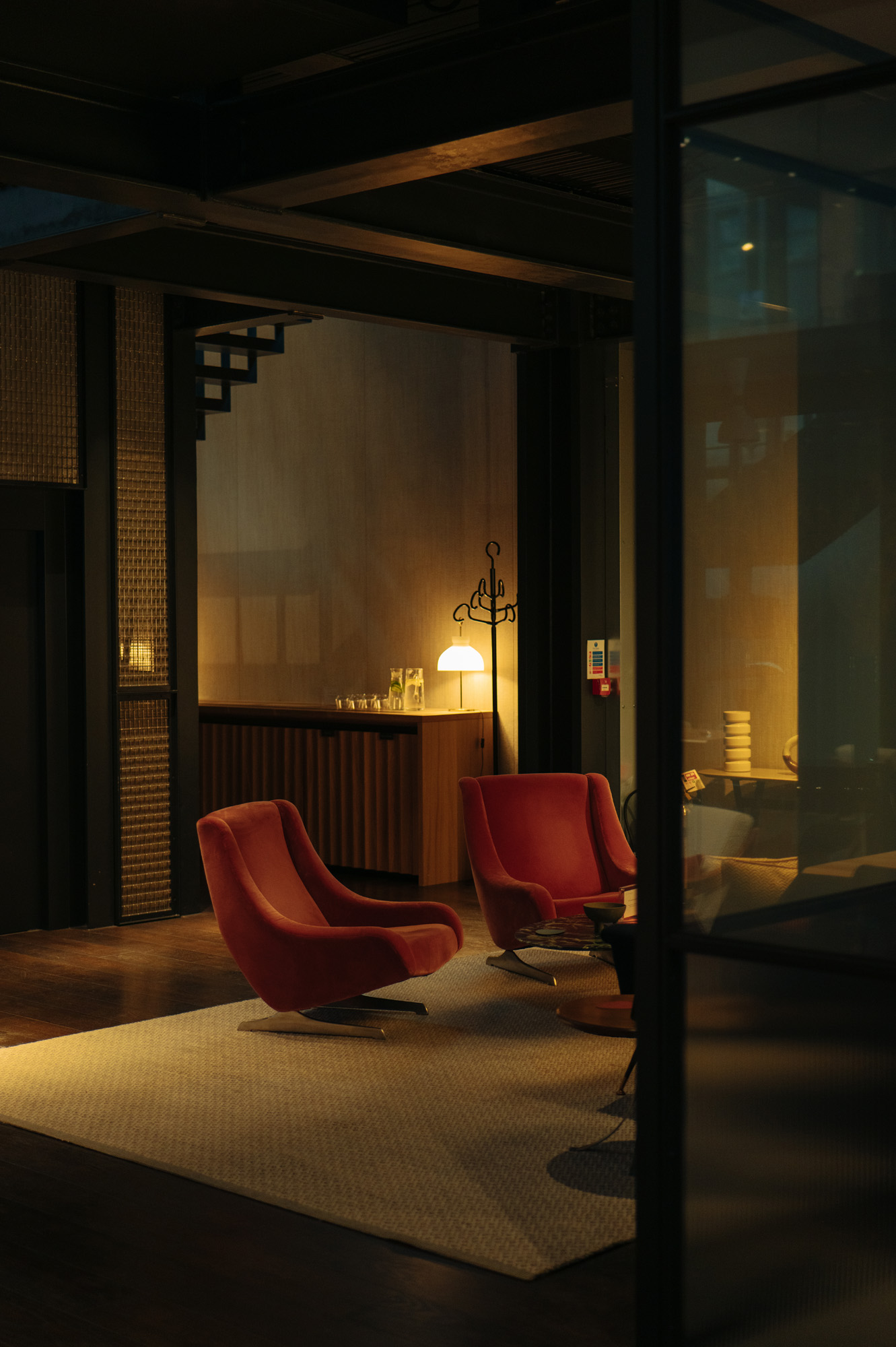
This staunch commitment to stylish, sustainable originality has become a
defining characteristic of the Derwent brand, whose 2007 Tea Building pioneered east London’s offices-as-creative-hubs. Now, as offices evolve, landlords are shaking up their offer, competing as brands that tenants will actively choose to be associated with. It’s easy enough to be a faceless builder of space. But a faceless service provider? Not so much.
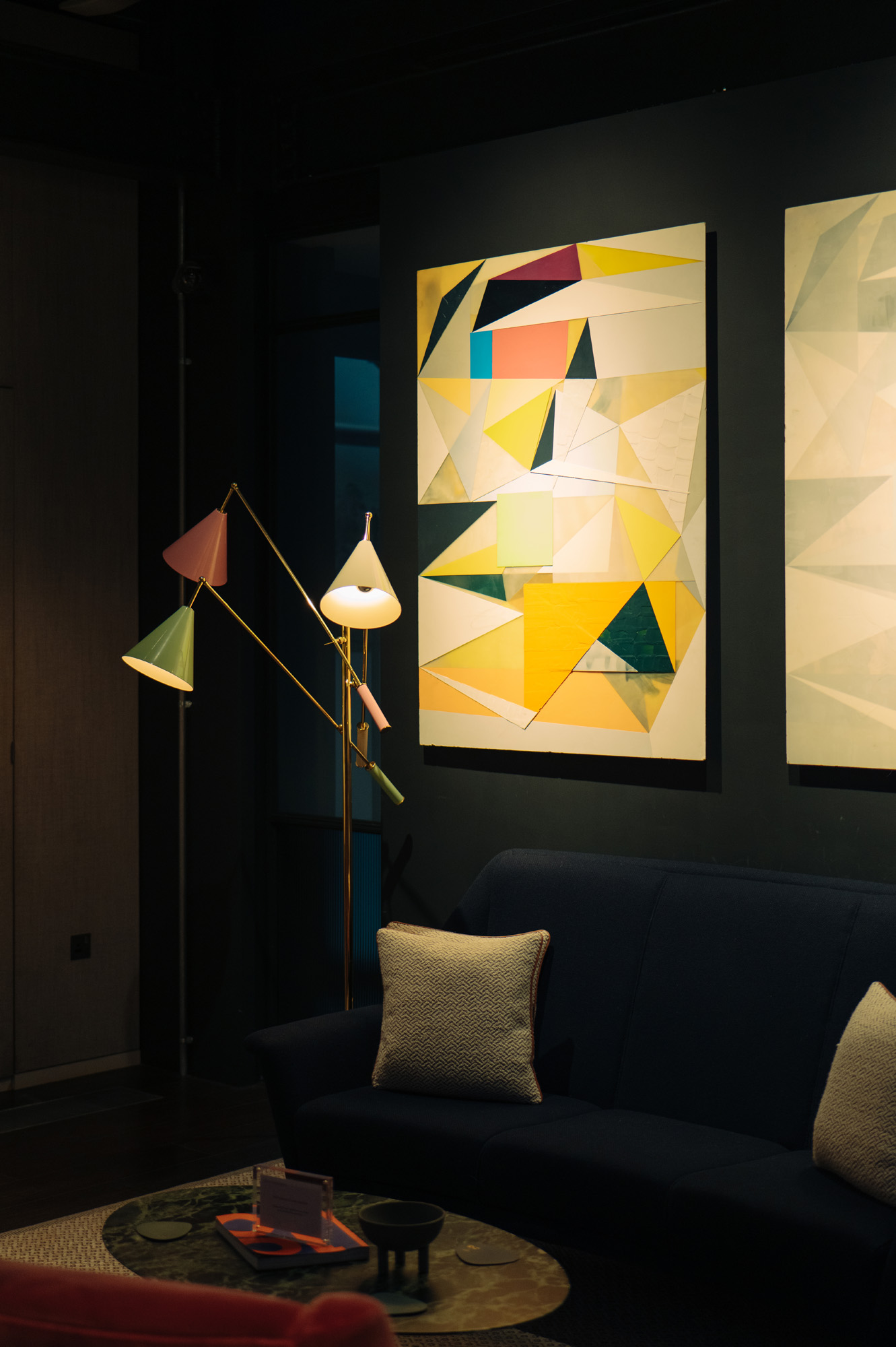
DL/78 and DL/28’s private event spaces are now available for public hire
This article appears in the April 2025 issue of Wallpaper*, available in print on newsstands from 6 March 2025, on the Wallpaper* app on Apple iOS, and to subscribers of Apple News +. Subscribe to Wallpaper* today
Emily Wright is a journalist and moderator with over twenty years’ experience writing about and commenting on real estate, architecture, design and innovation. Formerly head of content and global editor at leading real estate title Estates Gazette, she now writes for a range of titles including Wallpaper*, The Times, Dezeen and The Spaces and has interviewed architects, developers and political figures including Zaha Hadid, Richard Rogers, Norman Foster, Terence Conran and Donald Trump. A passionate advocate for human-centred design she also writes Well-Placed, a monthly Substack focussed on the importance of places and spaces designed and developed with the end-user in mind.
-
 The Architecture Edit: Wallpaper’s houses of the month
The Architecture Edit: Wallpaper’s houses of the monthFrom wineries-turned-music studios to fire-resistant holiday homes, these are the properties that have most impressed the Wallpaper* editors this month
-
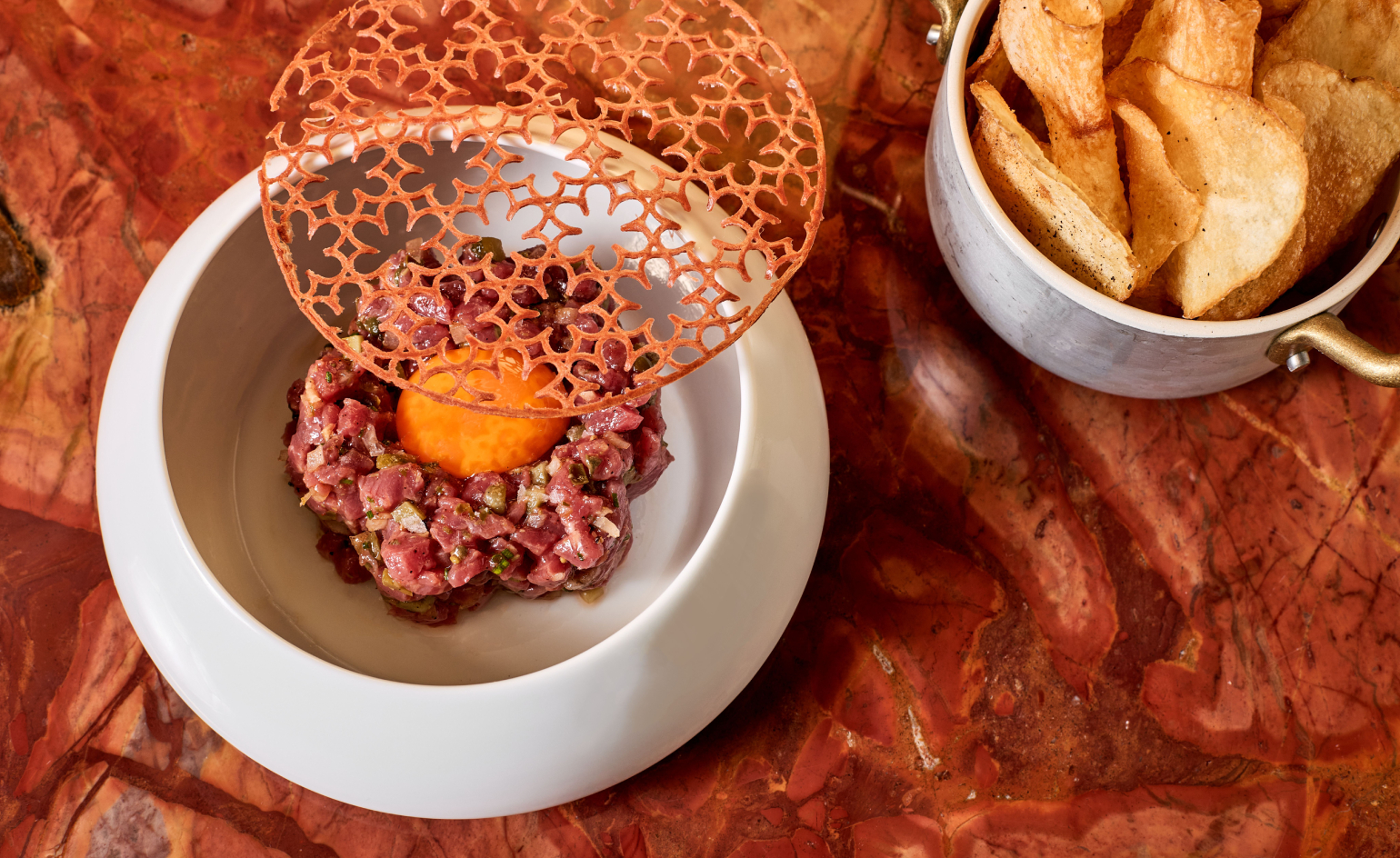 La Monique brings the French Riviera to Santa Monica
La Monique brings the French Riviera to Santa MonicaA transportive room of velvet, candlelight, and Riviera chic, serving French favourites with a modern wink
-
 Kat Milne is the designer behind fashion’s most intriguing retail spaces
Kat Milne is the designer behind fashion’s most intriguing retail spacesInfused with elements of the surreal, Kat Milne has designed stores for the likes of Marc Jacobs, Sandy Liang and A24. ‘People are looking for a more tactile experience,’ she tells Wallpaper*
-
 The Architecture Edit: Wallpaper’s houses of the month
The Architecture Edit: Wallpaper’s houses of the monthFrom wineries-turned-music studios to fire-resistant holiday homes, these are the properties that have most impressed the Wallpaper* editors this month
-
 A refreshed 1950s apartment in East London allows for moments of discovery
A refreshed 1950s apartment in East London allows for moments of discoveryWith this 1950s apartment redesign, London-based architects Studio Naama wanted to create a residence which reflects the fun and individual nature of the clients
-
 In this Cotswolds home, drama meets minimalism
In this Cotswolds home, drama meets minimalismCotswolds home Hiaven house, with interiors designed by McLaren Excell, is a perfect blend of contemporary chic and calm, countryside drama
-
 David Kohn’s first book, ‘Stages’, is unpredictable, experimental and informative
David Kohn’s first book, ‘Stages’, is unpredictable, experimental and informativeThe first book on David Kohn Architects focuses on the work of the award-winning London-based practice; ‘Stages’ is an innovative monograph in 12 parts
-
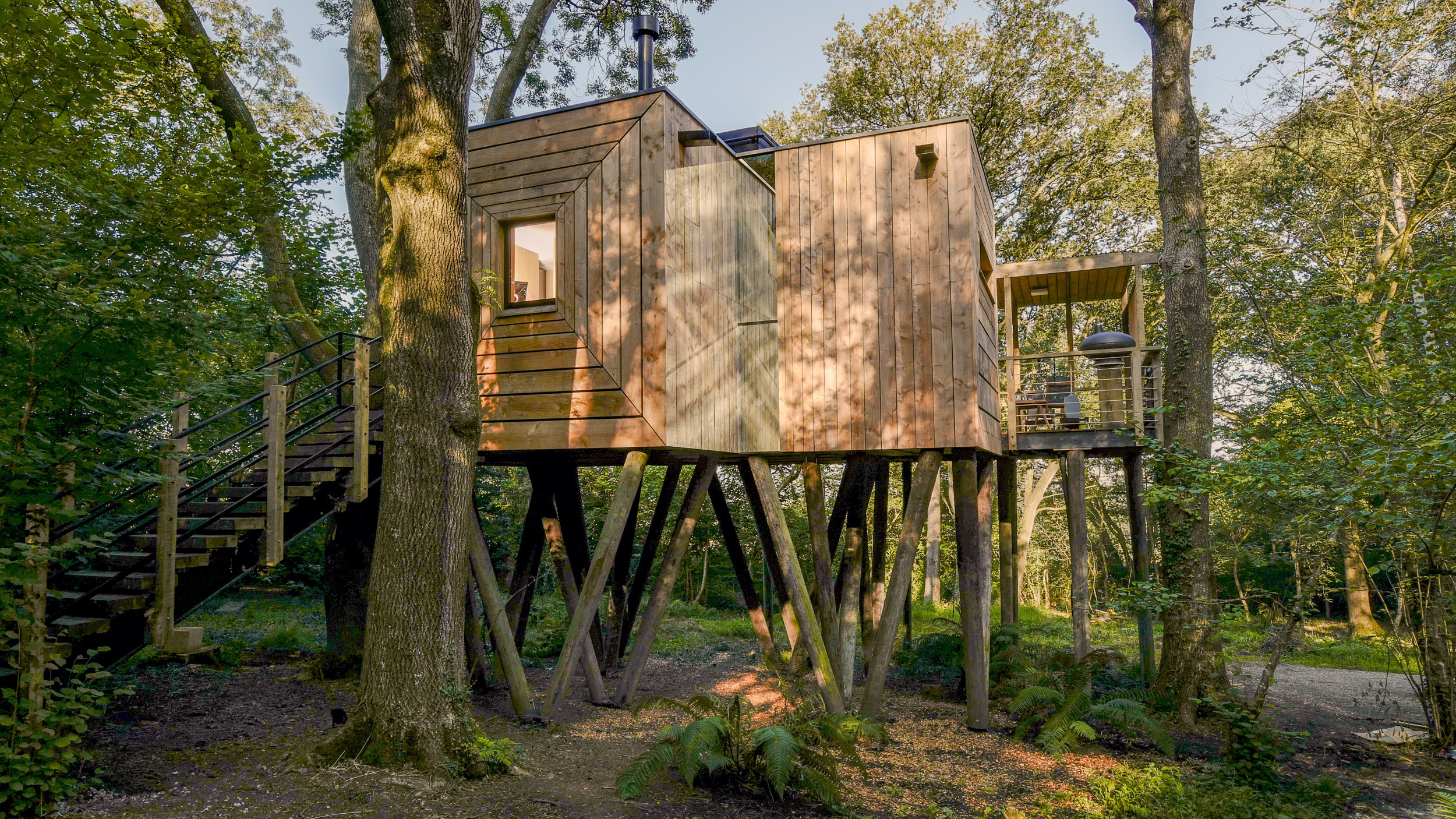 Find solace in the forest at this expansive treehouse retreat in Dorset
Find solace in the forest at this expansive treehouse retreat in DorsetFor sale for the first time, a treehouse, Mallinson’s Woodland Retreat, is a tribute to the skill of designer and master craftsman Guy Mallinson
-
 Modernist Scotland explores the country’s impressive legacy of contemporary architecture
Modernist Scotland explores the country’s impressive legacy of contemporary architectureA new book, Modernist Scotland, delves into the art and ambitions of the International Style in post-war Scotland, presenting 150 projects that typify an age of optimism and innovation.
-
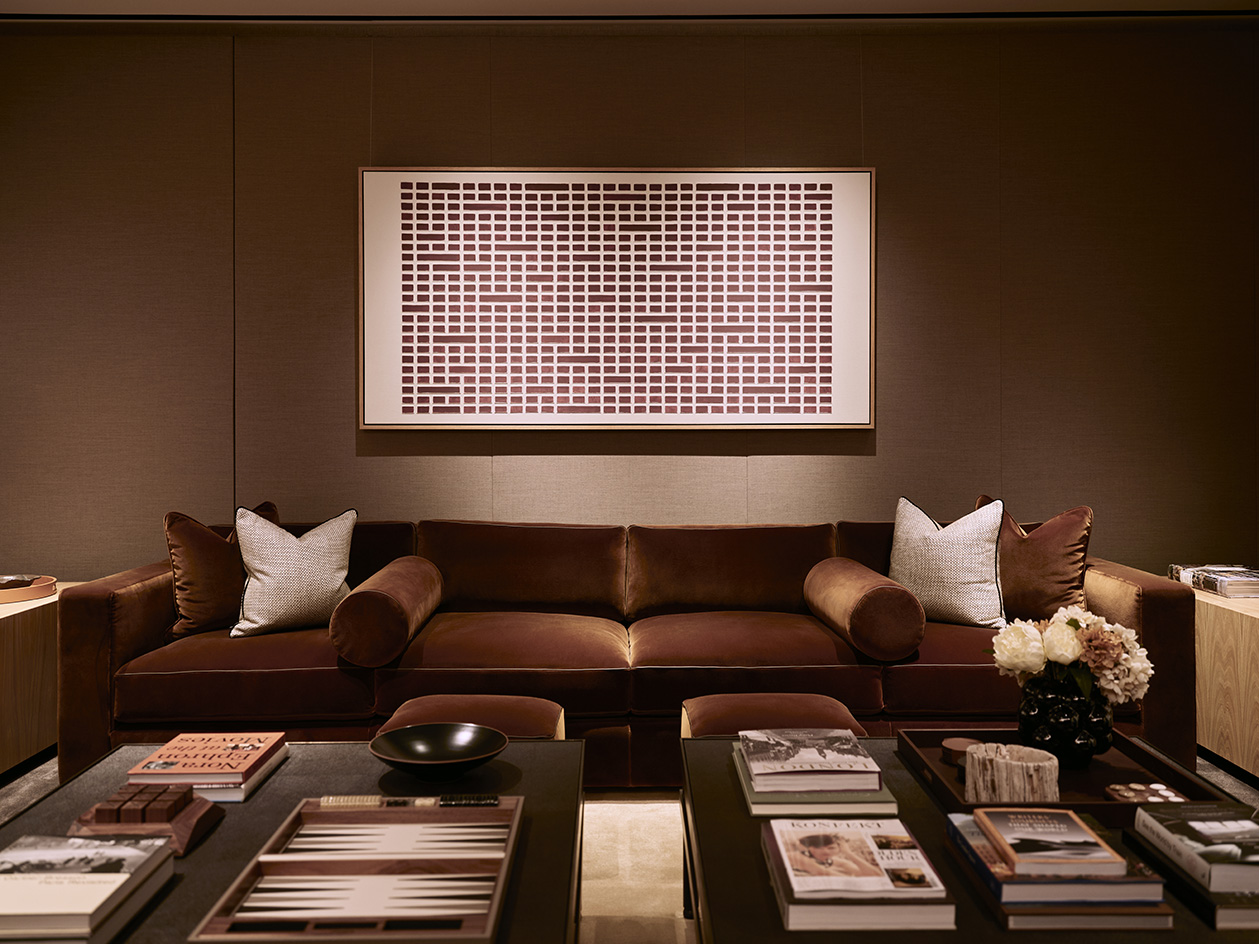 100 George Street is the new kid on the block in fashionable Marylebone
100 George Street is the new kid on the block in fashionable MaryleboneLondon's newest luxury apartment building brings together a sensitive exterior and thoughtful, 21st-century interiors
-
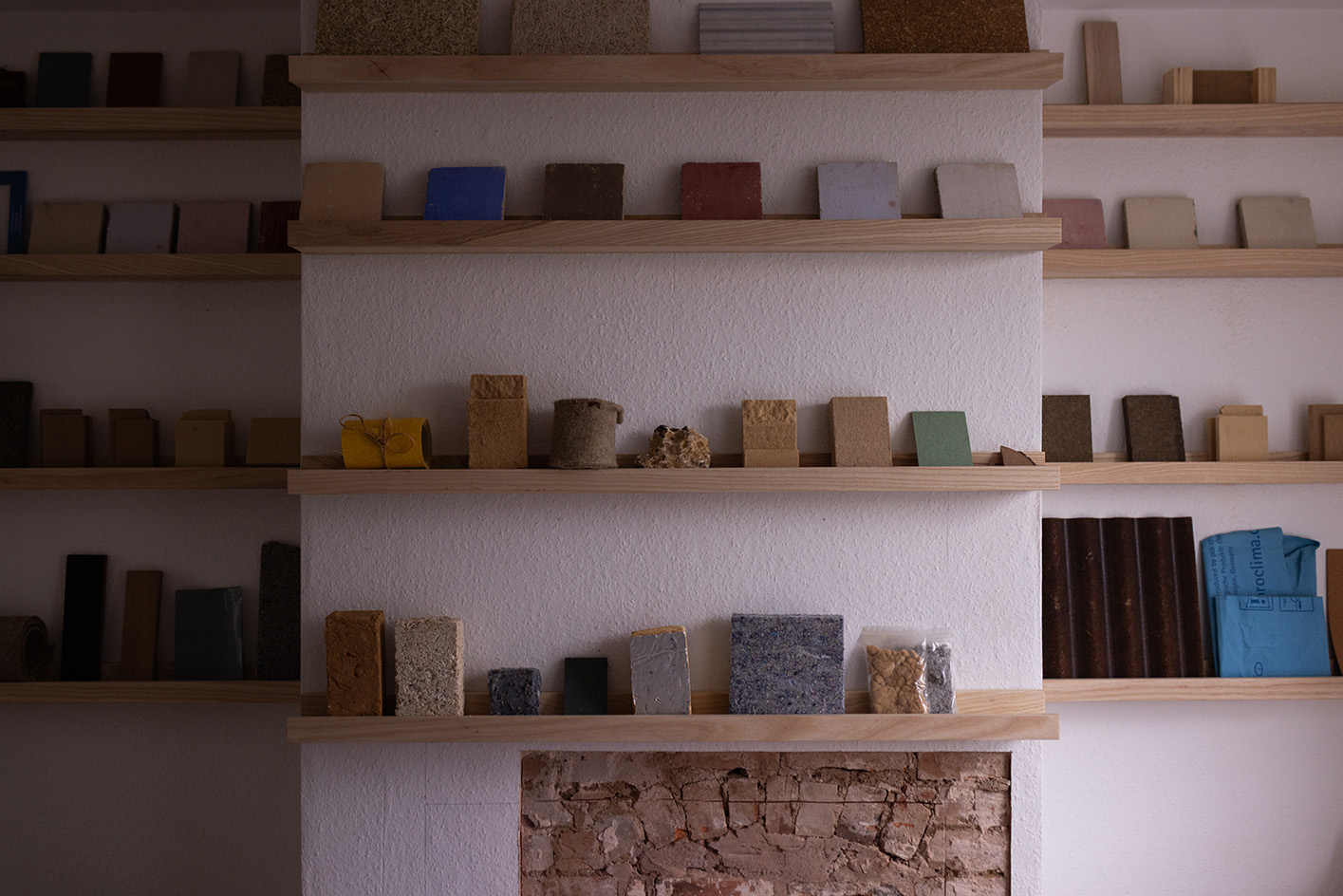 Take a tour of Retrofit House, the live showcase inspiring sustainable homebuilding
Take a tour of Retrofit House, the live showcase inspiring sustainable homebuildingRetrofit House, a showcase for residential redesign using biomaterials and environmentally smart methods, opens in Birmingham, UK, spearheaded by Civic Square, Dark Matter Labs and Material Cultures; we paid it a visit